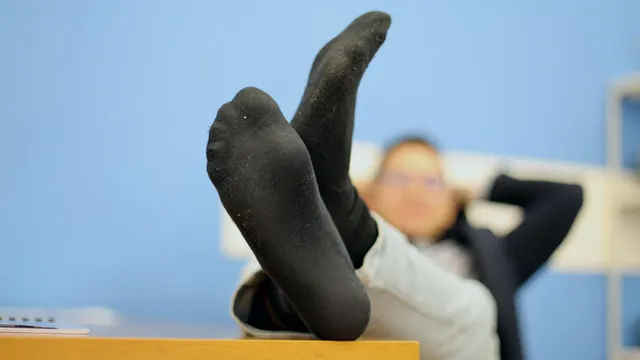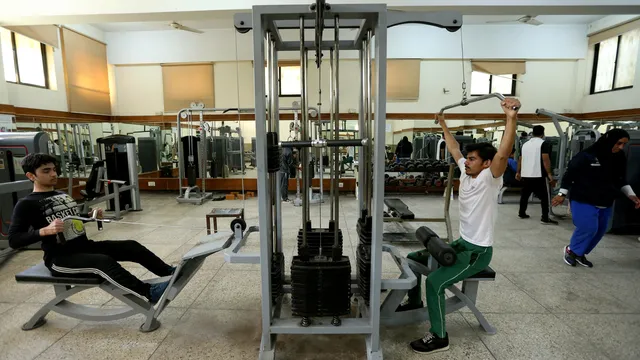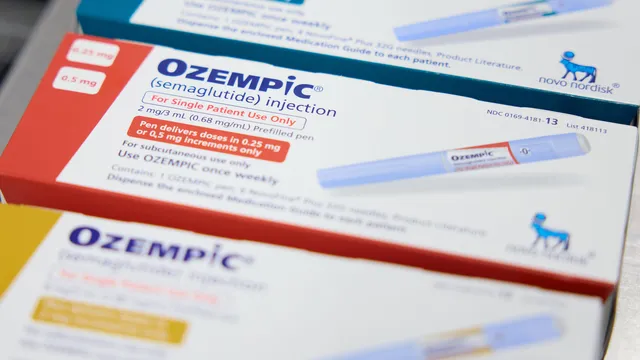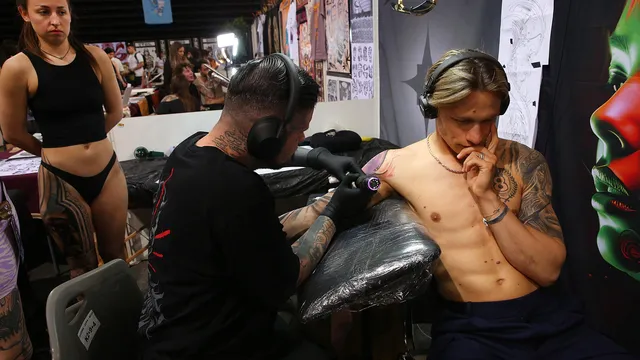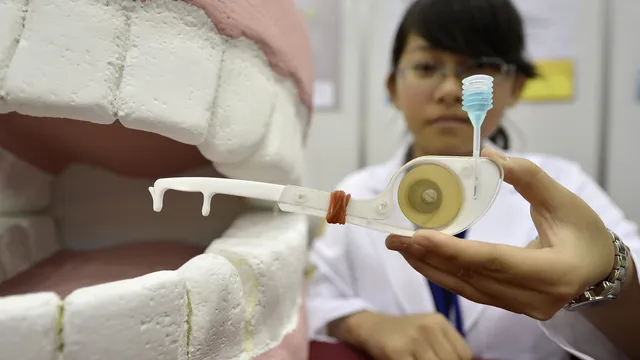Whether they are old or almost new, your socks are "alive." Vice, which is interested in the topic, talks about a whole microbial ecosystem with bacteria, fungi, spores, and sweat residue.
Do you think that simply throwing them in the washing machine is enough to completely destroy the life that thrives and flourishes in them? Prepare yourself, because the truth is quite different.
The human foot is a paradise for microbes. The area between the toes has more sweat glands than most other parts of our body: it is moist, warm, and rich in nutrients, making it an ideal place for bacteria and fungi.
Studies show that our feet can harbor up to 10 million microbes per square centimeter, some of which eventually transfer to our socks, according to the Slate website.
It's not just skin bacteria. Some microbes metabolize sweat and dead skin cells, releasing fatty acids and sulfur compounds that give our feet their sometimes unpleasant odor.
This may be due in part to the microbiome (the collection of microbes, bacteria, etc.) that lives in our socks.
It should be noted that our socks and tights do not only absorb microbes from our feet.
They are like sponges: they absorb everything they can find on the various surfaces they come into contact with.
Wardrobes, gym mats, bathroom tiles, living room carpets: every place we step on can contaminate them. Socks trap bacteria, then transfer them to our shoes... and finally to our beds.
Studies have found that in hospital settings, socks provided to patients for hygiene purposes also transfer pathogens from the floor to patients' beds.
Even the radical solution of wearing only new socks would not be enough: as soon as we step on the floor, contamination begins. Is walking barefoot the solution? Not necessarily.
However, we can try to minimize the negative impact of socks on the health of our feet by washing them properly.
Cold wash cycles and regular detergents leave a lot of residue, especially fungal spores. Even when socks look clean, they can still contain microbes.
Therefore, experts recommend washing them inside out with an enzyme-based detergent—the well-known "hungry enzymes"—at a temperature of 60°C or higher.
Drying in the sun or steam ironing would be a significant advantage. | BGNES

 Breaking news
Breaking news
 Europe
Europe
 Bulgaria
Bulgaria
